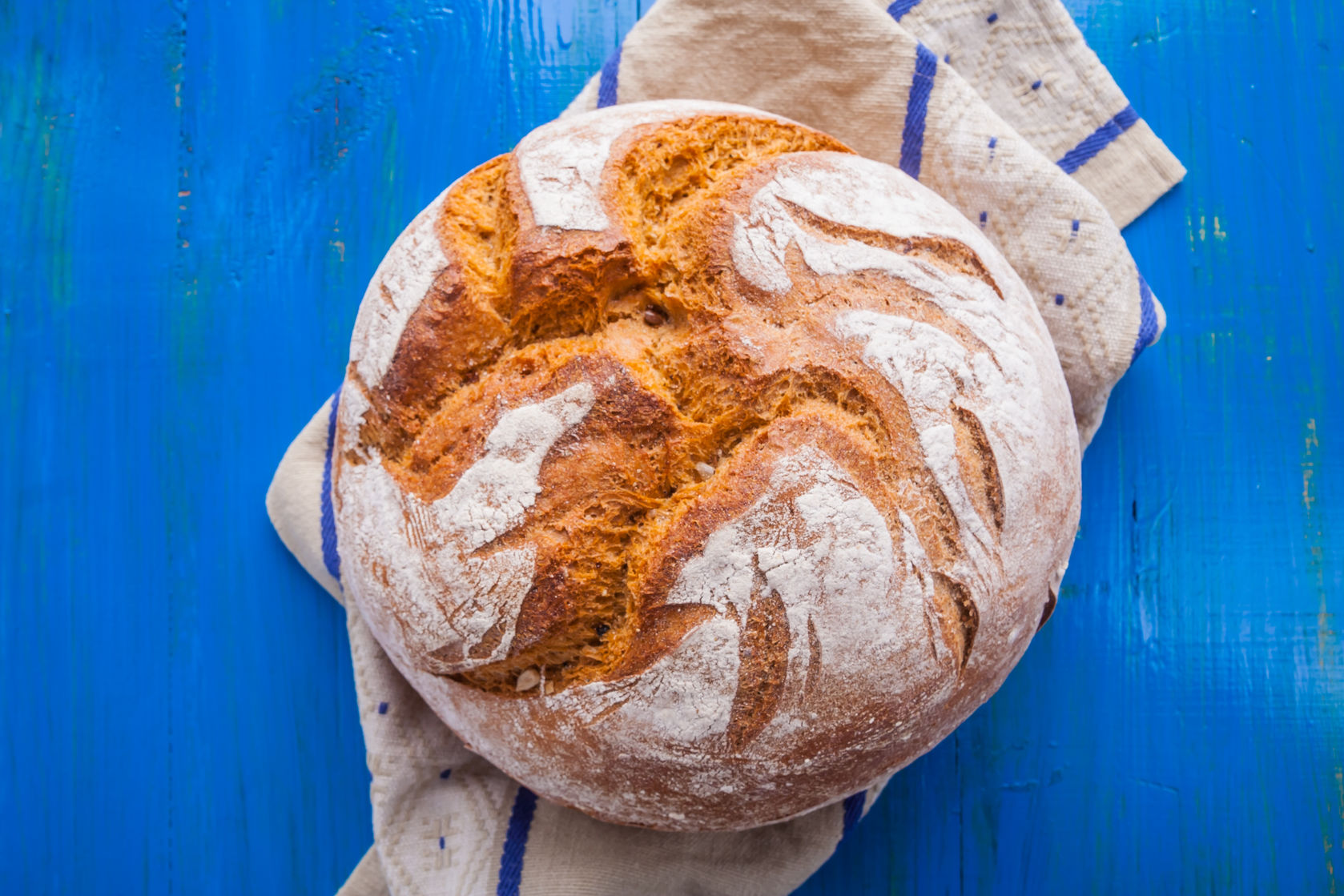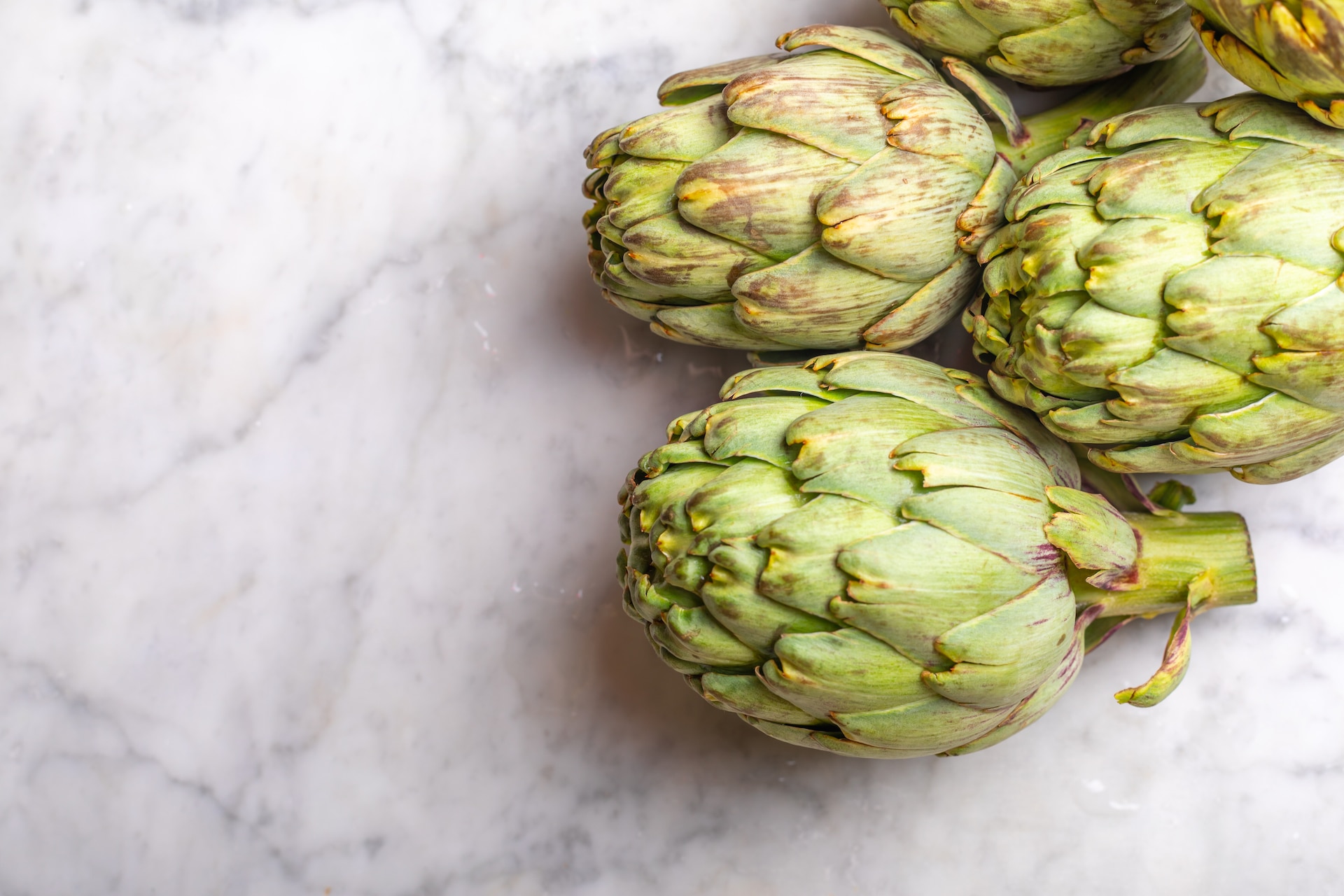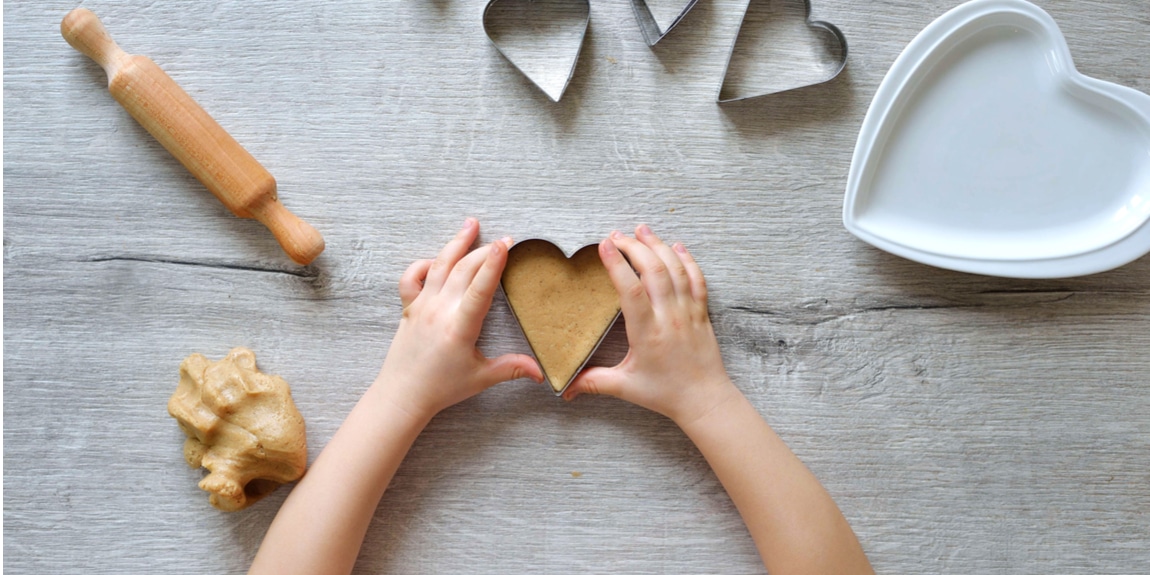 Eat Empowered
Eat Empowered  Gut Health
Gut Health  Sugar
Sugar
Diets Decoded: The Anti-Candida Diet
Home » Eat Empowered » Gut Health » Diets Decoded: The Anti-Candida Diet
Yeast infections are high on the list of “things no one wants,” right behind food allergies and just ahead of texts from your ex.
That’s why many women turn to an “anti-candida diet.” The thought is that they’ll reduce their risk of yeast infections by reducing the types of food that yeast (or “candida”) feed on. Sounds logical, but is it legit ? And is the Candida Diet healthy?
Read on to find out what the Candida Diet is, how it can play a role in yeast infections, what you eat and don’t eat, and more.
What Is the Candida Diet?
Candida is fungus that is usually harmless. It’s a type of yeast that lives in your body and even helps your gut with digestion.
But when it comes to candida, the more is definitely not the merrier. “Yeast can hang out and patiently wait for the environment to become more hospitable so it can multiply and thrive,” says Dr. Anna Cabeca, DO, a triple board-certified osteopathic physician and author of best-selling books “The Hormone Fix,” a holistic lifestyle program for menopausal woman, and “Keto-Green 16,” a nutritional plan for staying healthy and slim for all ages.
That’s when it becomes a fungal infection called candidiasis. You can get this infection just about anywhere on your body, but the down-there version is more commonly called a yeast infection.
RELATED: The Best Period Underwear for Every Type of Flow
Yeast infection symptoms
For the few lucky women who haven’t had one yet (they’re super common), yeast infection symptoms include:
- Discomfort during urination or during sex
- Thick white discharge
- Vaginal itching or soreness
If you have a candida infection in your intestines, you may feel tired and experience symptoms that often go along with inflammatory bowel conditions, such as bloating, nausea and diarrhea. If you suspect that you have a yeast infection anywhere in your body, visit a healthcare pro pronto.
Does diet play a role in yeast infections?
Diet, especially a poor one, can encourage yeast to overpopulate. “Processed carbs, sugar and alcohol allow yeast to thrive,” Dr. Cabeca says. The cleaner your diet, the better balance of organisms like yeast you’ll have throughout your body, which is why the Candida Diet was developed. Lisa Richards, CNC, and Eric Wood, ND, created the Candida Diet to basically starve candida and prevent it from spreading.
What You Eat
There are five different phases of the diet. It typically starts out with a cleanse, in which you only eat organic vegetables for close to a week. The first phase of the cleanse involves sipping on a warm vegetable broth, made of just organic kale, celery, garlic, onions and salt for about two days, explains Robin Barrie Kaiden, a registered dietitian and certified personal trainer.
Then, you move on to the second phase, in which you eat only steamed, organic, fresh vegetables and drink a minimum of 72 ounces of water a day. “Once a day, you can have a leafy, green salad with coconut oil, apple cider vinegar or lemon,” Kaiden says. But you need to eliminate all sugar, alcohol, starches (including starchy vegetables such as carrots, beets and potatoes), and fruit for 3-5 days of the cleanse.
The third phase is a push to eat more protein, Kaiden says. This includes organic animal proteins, plus gluten-free whole grains such as quinoa, brown rice and millet. Vegetables are important too, especially broccoli, cauliflower and asparagus.
The fourth stage introduces more probiotics and fermented foods (sauerkraut, kimchi, and kefir) to boost gut health. A probiotic supplement will be key in eliminating yeast, too—Kaiden recommends one per day with at least 50 billion units of probiotics. There are also foods with anti-fungal properties—such as garlic, ginger, coconut oil and cinnamon—that the diet encourages you to keep piling on your plate.
What You Don’t Eat
Here’s where it gets a little intense. The most basic restriction is around sugar. Yeast feeds on sugar, so any added sugar or foods that break down into sugar are off-limits. That includes most packaged foods, sweets, alcohol, all grains (even the gluten-free ones), starchy vegetables, high-sugar fruits, most dairy products, and legumes. Some experts even recommend ditching fermented foods and mushrooms until the candida is under control.
If this diet sounds restrictive and intense, that’s because it is. You drink only liquids for two days. You limit dairy, flour, grains and even starchy vegetables like beets and sweet potatoes (some Nutritious Life favorites!). That’s a lot of sacrifice for a diet that hasn’t been proven to be effective.
To be fair, a recent study of people with chronic candida overgrowth found that those who switched to a candida-fighting diet, in addition to taking anti-fungal medication (instead of only taking the drugs), were cured more quickly. And limiting sugar and processed foods is pretty much always a good thing.
But if you’re going to switch up your diet in the name of fighting yeast infections, please skip the cleanse phase. It’s extreme, and your body is very good at cleansing itself, thankyouverymuch. This modified meal plan, courtesy of Kaiden, is a bit more balanced:
| Breakfast: Omelet with sautéed spinach, onions, and garlic. Season with turmeric and salt and pepper to taste.
Lunch: Large salad made with kale, cabbage, roasted cauliflower, ¼ avocado, sauerkraut, and topped with organic grilled chicken. Dressing: olive oil, apple cider vinegar, tahini, salt and pepper to taste. Snack: Bone broth vegetable soup or plain kefir yogurt topped with chia and flaxseeds. Dinner: Baked wild salmon, grilled asparagus (cooked with sautéed garlic), and brown rice. |
Pros and Cons
The most obvious benefit to the Candida Diet is cutting sugar. More evidence is showing how bad sugar is for your body, so anything that helps you eat less of it is a good thing. And we all know eating lots of vegetables and high-quality protein is a good idea.
But the evidence that any of this will help you rid your body of yeast (or that you even have a yeast problem to begin with) is still flimsy. That’s not to say it’s not true; the science to prove it just isn’t solid yet.
And the biggest con to eating this way is that the diet is extremely restrictive. It’s a very tough protocol to follow, which could make you miserable or even lead to you missing out on important nutrients. (Variety, remember, is one of the keys to getting all the nutrients you need!)
The Bottom Line
If you suspect candida is messing with your health, trying the Anti-Candida Diet for a brief stint won’t hurt. Cut the sugar, eat healthy anti-fungal foods like garlic and coconut oil, and see how you feel. If it helps, that may signal you’ve been eating too much sugar overall, and you can incorporate that knowledge into a less restricted, more manageable long-term diet plan filled with a variety of veggies, plant-based protein, and healthy grains.
By Mara Santilli
(Photo: Shutterstock)
The Nutritious Life Editors are a team of healthy lifestyle enthusiasts who not only subscribe to — and live! — the 8 Pillars of a Nutritious Life, but also have access to some of the savviest thought leaders in the health and wellness space — including our founder and resident dietitian, Keri Glassman. From the hottest trends in wellness to the latest medical science, we stay on top of it all in order to deliver the info YOU need to live your most nutritious life.
RECENT ARTICLES

Want a sneak peek inside the program?
Get FREE access to some of the core training materials that make up our signature program – Become a Nutrition Coach.
Get Access"*" indicates required fields













































































































































































































































































































































































































































































































































































































































































































































































































































































































































































































































































































































































































































































































































































































































